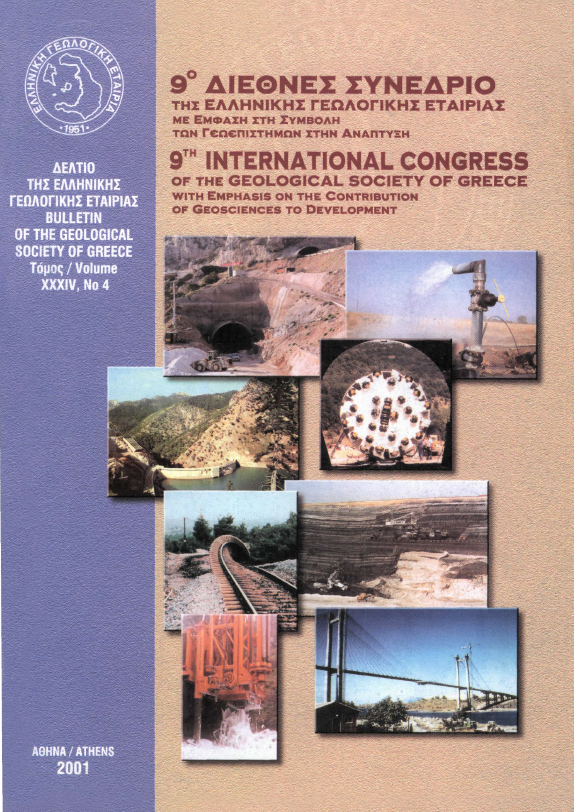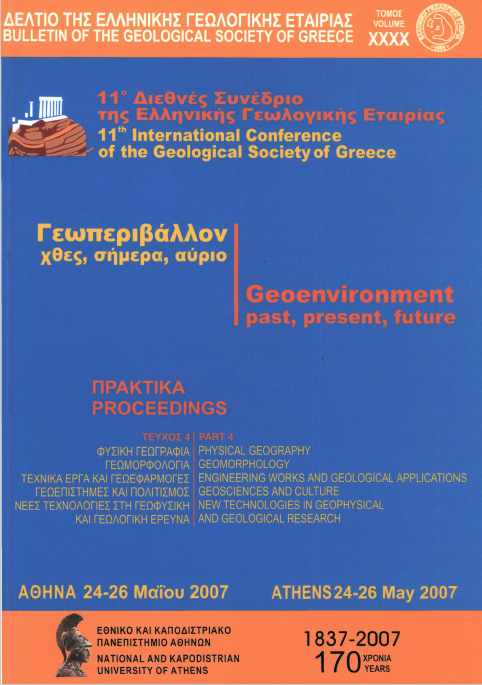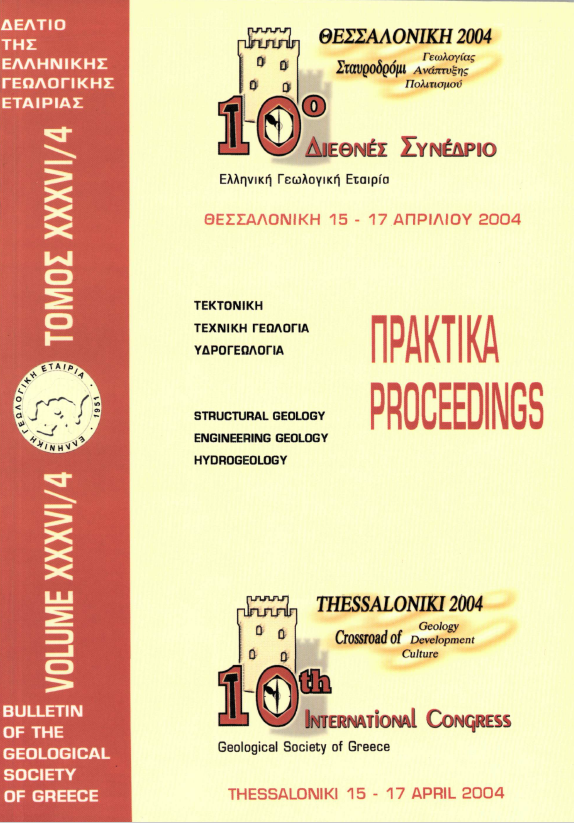Implications of paleoseismology in seismic hazard analysis in NW Crete and Kythira strait (Greece)
Résumé
The scope of this paper is to study how geological data contribute to hazard analysis and the extent to which they can be incorporated in the existing hazard models. For this reason the study area was divided into area source zones and the paleoseismological data collected and studied on the Kera fault zone, in Chania, Crete, were taken into account. The seismic hazard was calculated with CRISIS99, using a combination of the Poissonian and the characteristic earthquake model. The data from the Kera fault affect slightly the calculation of seismic hazard. It is suggested that more paleoseismological data and a good attenuation relationship for the area, would lead to the development of hazard models capable to incorporate geological information and it would improve the quality of seismic hazard analysis.
Article Details
- Comment citer
-
ANDREOU, C., MOUSLOPOULOU, V., FOUNTOULIS, I., & ATAKAN Κ. (2001). Implications of paleoseismology in seismic hazard analysis in NW Crete and Kythira strait (Greece). Bulletin of the Geological Society of Greece, 34(4), 1465–1472. https://doi.org/10.12681/bgsg.17244
- Rubrique
- Seismology

Ce travail est disponible sous licence Creative Commons Attribution - Pas d’Utilisation Commerciale 4.0 International.
Authors who publish with this journal agree to the following terms:
Authors retain copyright and grant the journal right of first publication with the work simultaneously licensed under a Creative Commons Attribution Non-Commercial License that allows others to share the work with an acknowledgement of the work's authorship and initial publication in this journal.
Authors are able to enter into separate, additional contractual arrangements for the non-exclusive distribution of the journal's published version of the work (e.g. post it to an institutional repository or publish it in a book), with an acknowledgement of its initial publication in this journal. Authors are permitted and encouraged to post their work online (preferably in institutional repositories or on their website) prior to and during the submission process, as it can lead to productive exchanges, as well as earlier and greater citation of published work.










